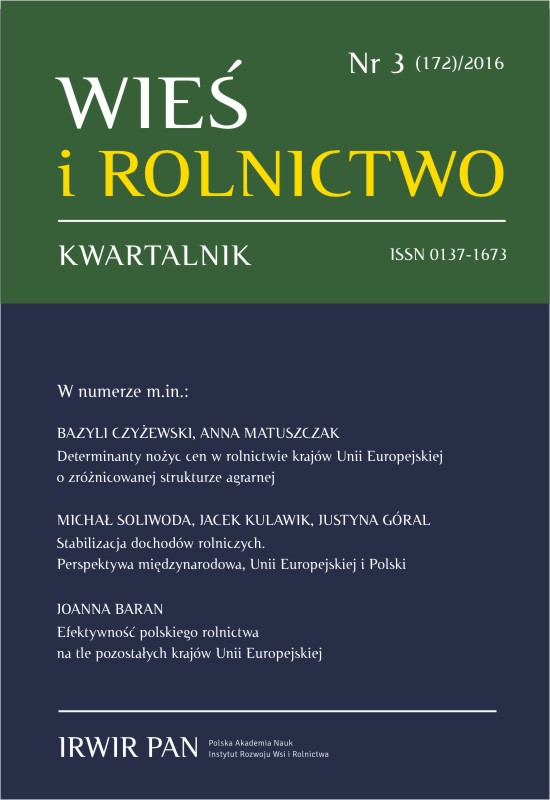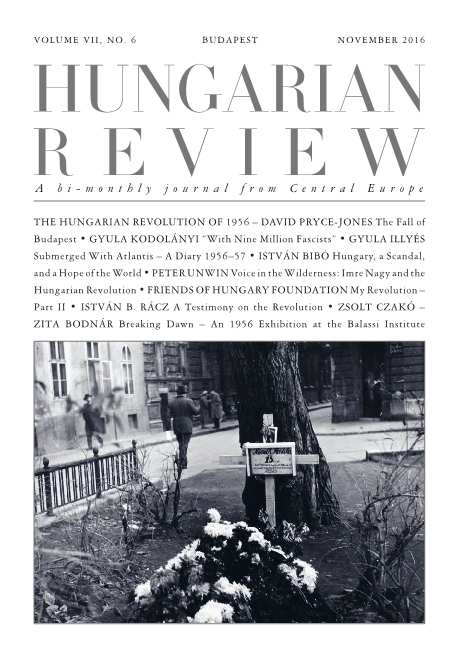





Keywords: probation; alternatives to prison; sentencing, punitivity; offender rehabilitation;
In 2015 the Probation and Mediation Service of the Czech Republic is celebrating its 15th anniversary. Drawing on the research of the Institute of Criminology and Social Prevention, which study the work of the Service, the authors discuss three topics that the specialist community should focus on. It is a general public knowledge about the Service and about the alternatives to prison that could correlate with public punitivity, the cooperation between the Service and the courts or public prosecutors, and finally, the opinions and attitudes of probation officers towards their clients and towards their work.
More...
Keywords: Czech criminology; fear of crime; criminal policy; organized crime; drug problem; forensic psychology;
This article aims to introduce the reader of a new magazine to the context of thinking about crime in the Czech Republic, both at the level of theory and research. In this regard, we consider it crucial to outline the development of Czech criminology, its long tradition and promising present, and inform about main directions of current research in the field. The second task appears certainly more difficult since it forces us to make a selection and our criteria of any such selection may become the subject of dispute. It is to present the most important projects, which – paradoxically – cross the horizons of the Czech basin and integrate the Czech Criminology into a wider, international context.
More...



Keywords: agricultural prices; price gap; price scissors; agrarian structures
The index of agricultural goods output comprises weighted changes of prices of agricultural commodities whereas the index of intermediate consumption describes fluctuations of input prices, including seeds and nursery stock, energy, fertilizers, soil improvers, plant protection products or feedstuffs. The relation of these two indices is defined as “price gap” or “price scissors”. There are a lot of price models for agricultural goods in the literature. However, the issue of modeling drivers for the price gap has rarely been explored. For that reason the authors aim to estimate long-term regression models of the agricultural price gap for different European countries that represent varied agrarian structures. The analysis entails a few stages. In the first stage, the long-term price indices (from 1980 to 2014) were computed based on EUROSTAT and FAOSTAT agricultural prices data for all available agricultural products and inputs in the EU-27. Then, the aggregated indices were weighted with a volume of production or intermediate consumption on the basis of the average price indices for the respective outputs or inputs. In the second stage, a cluster analysis was carried out with regard to the utilization of agricultural land factor by individual farms in the subsequent European Union Member States. In the third stage, three countries were chosen for case studies from each of the distinguished clusters and the econometric models of price gap were estimated where the indices of outputs and inputs were independent variables. An interesting finding was made that marginal effects for price gap drivers were much stronger in the countries of an intensive and large scale agriculture (such as France, the UK and Denmark) than in the countries of fragmented agrarian structures such as Greece, Portugal and Ireland.
More...
Keywords: agricultural finance; risk management; agricultural income; income stabilization; the Common Agricultural Policy
The issue of variability in agricultural income of a single farm household, resultingessentially from stochastic factors, is gaining increasingly in economic, social and political.importance. The article has two basic purposes, first, to examine mechanisms of agriculturalincome stabilisation, secondly, to review and evaluate the selected farm income stabilization systems from an international, European Union (EU) and Polish perspectives. This paper isa cross-sectional study with some elements of meta-analysis. It is also based on a comparativeapproach. Assuming the stability of prices and quantities, agricultural income may increasedue to higher revenues and lower average total cost. The world’s most refined solutions tostabilise farm incomes are developed in Canada (ie. AgriStability). There is substitutabilityand complementarity between some state intervention tools, market or quasi-marketproducts. Excessive support provided by state to intervention instruments inhibits thedevelopment of tools offered by the market, which leads to a crowding out effect. In the caseof Poland, an obligatory farm accountancy system might greatly facilitate the introductionof income stabilisation instruments.
More...







